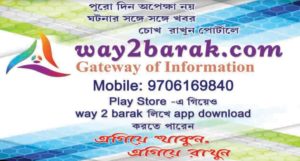India & World UpdatesHappeningsBreaking News
Steps taken by the Government to make online education more conducive

July 20: Education is in the concurrent list of the Constitution and majority of the schools are under domain of respective State and UT Government. However, in order to ensure that every student including those residing in rural and educationally backward districts of the country, gets continues access educational, a multi-pronged approach has been adopted by the Dept. of School Education and Literacy, Ministry of Education.
 A comprehensive initiative called PM e-Vidya has been started as part of Atma Nirbhar Bharat Abhiyan on 17th May, 2020, which unifies all efforts related to digital/ online / on-air education to enable multi-mode access to education. The initiative includes the following components:
A comprehensive initiative called PM e-Vidya has been started as part of Atma Nirbhar Bharat Abhiyan on 17th May, 2020, which unifies all efforts related to digital/ online / on-air education to enable multi-mode access to education. The initiative includes the following components:
● DIKSHA the nation’s digital infrastructure for providing quality e-content for school education in states/UTs: and QR coded Energized Textbooks for all grades (one nation, one digital platform)
● One earmarked Swayam Prabha TV channel per class from 1 to 12 (one class, one channel)
● Extensive use of Radio, Community radio and CBSE Podcast- Shiksha Vani
● Special e-content for visually and hearing impaired developed on Digitally Accessible Information System (DAISY) and in sign language on NIOS website/ YouTube
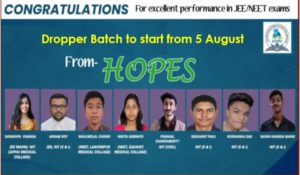 Where the digital facility (mobile device/DTH television) is not available, Ministry of Education has taken many initiatives like Community Radio Stations and a podcast called Shiksha Vani of CBSE, Textbooks, worksheet supplied to residence of learners, Handbook on 21st Century Skills and community/ mohalla classes are organized. Innovation Funds of the Department are used to set up mobile school, virtual studios, virtual class rooms in schools. Continuous Learning Plan (CLP) for states/UTs has been initiated in all States/UTs, pre-loaded tablets in various states and UTs are effectively used in remote rural areas where online classes are difficult.
Where the digital facility (mobile device/DTH television) is not available, Ministry of Education has taken many initiatives like Community Radio Stations and a podcast called Shiksha Vani of CBSE, Textbooks, worksheet supplied to residence of learners, Handbook on 21st Century Skills and community/ mohalla classes are organized. Innovation Funds of the Department are used to set up mobile school, virtual studios, virtual class rooms in schools. Continuous Learning Plan (CLP) for states/UTs has been initiated in all States/UTs, pre-loaded tablets in various states and UTs are effectively used in remote rural areas where online classes are difficult.
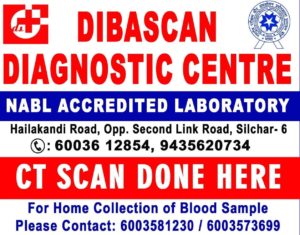 Further, an Alternate Academic Calendar has been prepared for learning solutions including self-assessment for grade 1 to 12 for both children with and without device. Bridge Course Modules have also been developed for bridging the learning gaps of Out of School children studying in special training centres (STC) under the provisions of RTE Act, 2009. Also, PRAGYATA guidelines were issued to the States/UTs to facilitate continued education through various modes. The guidelines inter-alia include situation where internet connectivity is not available or available with very less bandwidth, resources are shared through various platforms like television, radio etc. that do not depend on internet. Similarly, Students Learning Enhancement Guidelines were released in 2020 to support learning of children during COVID-19. Guidelines for development of e-content for children with special needs have been released. Guidelines for parent participation in Home- based learning during school closure and beyond have also been released in 2021.
Further, an Alternate Academic Calendar has been prepared for learning solutions including self-assessment for grade 1 to 12 for both children with and without device. Bridge Course Modules have also been developed for bridging the learning gaps of Out of School children studying in special training centres (STC) under the provisions of RTE Act, 2009. Also, PRAGYATA guidelines were issued to the States/UTs to facilitate continued education through various modes. The guidelines inter-alia include situation where internet connectivity is not available or available with very less bandwidth, resources are shared through various platforms like television, radio etc. that do not depend on internet. Similarly, Students Learning Enhancement Guidelines were released in 2020 to support learning of children during COVID-19. Guidelines for development of e-content for children with special needs have been released. Guidelines for parent participation in Home- based learning during school closure and beyond have also been released in 2021.
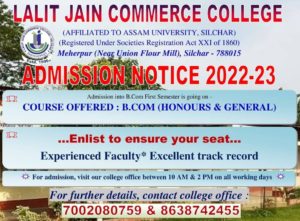 Besides, the Ministry has undertaken a proactive initiative, named, ‘MANODARPAN’ covering a wide range of activities to provide psychosocial support to students, teachers and families for Mental Health and Emotional Wellbeing during the COVID outbreak and beyond.
Besides, the Ministry has undertaken a proactive initiative, named, ‘MANODARPAN’ covering a wide range of activities to provide psychosocial support to students, teachers and families for Mental Health and Emotional Wellbeing during the COVID outbreak and beyond.
The Central Government is constantly advising States/UTs through guidelines and meetings with respect to interventions for reducing impact of pandemic on education.
 Department of School Education and Literacy has launched the Samagra Shiksha – an Integrated Scheme for School Education from 2018-19. It envisages the ‘school’ as a continuum from pre-school, primary, upper primary, secondary to Senior Secondary levels. It is an overarching programme for the school education sector extending from pre-school to class XII and aims to ensure inclusive and equitable quality education at all levels of school education. Samagra Shiksha is implemented in partnership with all the States and UTs and financial assistance is provided to all States and UTs for various components including strengthening of ICT infrastructure in schools. Under Samagra Shiksha, ICT component envisages covering all Government and Aided schools from classes VI to XII and Teacher Education Institutions (TEIs), subject to the availability of budgetary provision.
Department of School Education and Literacy has launched the Samagra Shiksha – an Integrated Scheme for School Education from 2018-19. It envisages the ‘school’ as a continuum from pre-school, primary, upper primary, secondary to Senior Secondary levels. It is an overarching programme for the school education sector extending from pre-school to class XII and aims to ensure inclusive and equitable quality education at all levels of school education. Samagra Shiksha is implemented in partnership with all the States and UTs and financial assistance is provided to all States and UTs for various components including strengthening of ICT infrastructure in schools. Under Samagra Shiksha, ICT component envisages covering all Government and Aided schools from classes VI to XII and Teacher Education Institutions (TEIs), subject to the availability of budgetary provision.
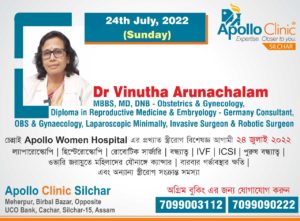 a. Options under ICT:
a. Options under ICT:
Option I: Under this option schools which have not availed the ICT facility earlier can either opt for ICT or smart classrooms as per their requirement and need. In case of more than 700 enrolment, an additional ICT lab can also be considered.
Option II: Under this option schools which have already availed the ICT facility earlier can avail smart classrooms/ tablets as per the norms of the scheme.
 b. Financial Provisions:
b. Financial Provisions:
ICT Lab: Onetime non-recurring grant upto Rs 6.40 lakh per school and a recurring grant of upto Rs 2.40 lakh per school per annum for a period of 5 years.
Recurring grant may be given for the 6th year to smoothen transition, subject to state giving a plan and commitment of funds for taking over the project and continuing the facility in the school.
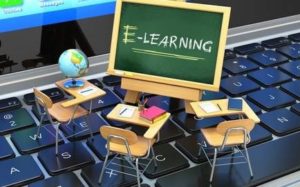 Smart Classrooms: Onetime Non-recurring grant of Rs. 2.40 lakh and the recurring grant of Rs. 0.38 lakh (including E Content and Digital Resources, Charges for Electricity) for Maximum 2 smart classrooms per school for a period of 5 years.
Smart Classrooms: Onetime Non-recurring grant of Rs. 2.40 lakh and the recurring grant of Rs. 0.38 lakh (including E Content and Digital Resources, Charges for Electricity) for Maximum 2 smart classrooms per school for a period of 5 years.
Providing Tabs to the Teachers of Primary Schools: Financial support of @ Rs. 10000 per teacher for tablets is being provided from the year 2022-23 to the teachers at the primary level, based on state specific proposal as part of “Learning Recovery Package”
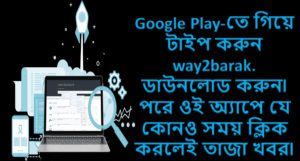 c. Coverage:
c. Coverage:
ICT component covers Government and Aided Schools having classes from VI to XII which will enable use of ICT resources from younger grades. ICT Labs are approved in 120614 schools and Smart classrooms are approved in 82120 schools. Total 1482565 TABs have been sanctioned to the teachers dealing primary classes.
The information was given by the Minister of State for Education, Annpurna Devi in a written reply in the Rajya Sabha today.
